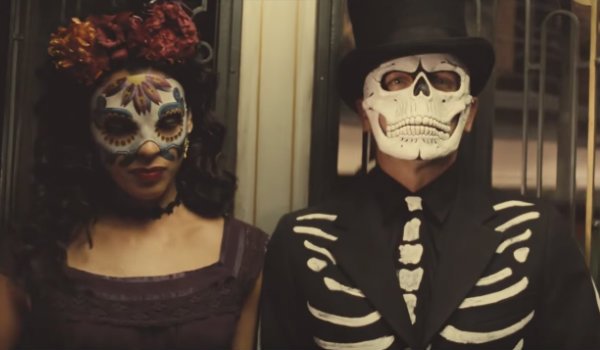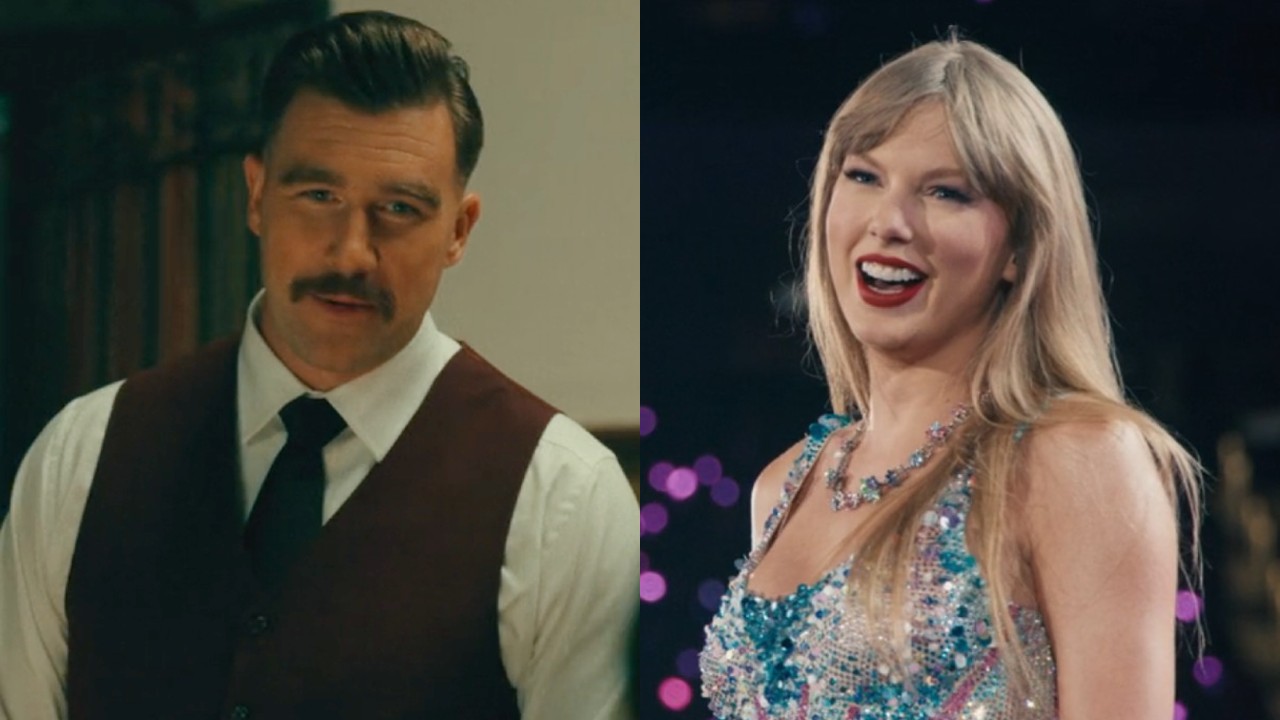How Coco Turned The Day Of The Dead Into Something Entertaining And Not Morbid

From the loss of Nemo's mother in Finding Nemo to the heart-wrenching opening montage in Up, Pixar has routinely found ways to make death a family-friendly, yet still weighty, concept. That said, Pixar will take that idea to another level later this year with its Day of the Dead-inspired film Coco, and I recently asked directing duo Adrian Molina and Lee Unkrich how they kept the story accessible with such a potentially morbid topic. According to Molina, it was easier than you would think, because the spirit of the holiday focuses more on a reunion with family than anything grim. He explained:
I think a lot of it was learning the spirit of the holiday where, if you could kind of go down into the thematics behind it -- and this idea of remembrance, and these are real people who you loved in life -- then all of the sudden this doesn't really lend itself to a morbid understanding as like a familiarity and a relationship to characters and people. So, knowing that, we wanted Miguel's interactions with these skeletons to be interactions with family members. That was really kind of a guiding impulse in terms of tone and design.We knew that we really wanted them to have eyes and to have the power of expression of eyes in the skeletons, which you don't see in a lot of films. But because we needed them to connect and emote and smile, and so much of that connection that you have with a person comes from the eyes. So, all of these things were developed so that in the design, you knew that this was a place full of characters and full of fun and not anything off-putting or morbid.
Coco centers on the adventures of a young boy named Miguel who travels to the Land of the Dead to find one of his ancestors and get his blessing to pursue a life in the world of music. Skeletons, corpses, and general death imagery are dominant motifs in the film, but based on Adrian Molina's take, they are grounded in a more hopeful and magical sense -- with fully expressive faces to help convey who they are. The focus isn't on the fact that these people have died; it's in the fact that they have merely moved to another exotic plane of existence. After all, this is a movie that primarily aims at families, so it only makes sense for it to focus heavily on the timelessness of family in life and death.
Such a distinction feels important because it represents a stark contrast to how other films have portrayed Day of the Dead. Movies like Batman V Superman and Spectre have similarly placed sequence in the midst of the holiday, but they have arguably focused more on the imagery that conveys the finality and totality of death -- with the latter even dressing up its central hero as an embodiment of death itself.

Of course, it also helps that Pixar's Coco mines the holiday for some great comedy as well. Director Lee Unkrich similarly chimed in and explained that the use of skeletons afforded the team ample opportunity to dive into the world of slapstick, saying:
We leaned into what would be funny about being a skeleton. Like, what do you have to deal with? If you're a skeleton who's not held together well and you're constantly falling apart, how do you deal with that? It just seemed ripe with entertainment possibilities.
This should come as no surprise, as Pixar has seldom shied away from physical comedy to deliver laughs. In this case, much of that heavy lifting will fall upon Miguel's skeleton sidekick, Hector (voiced by Gael Garcia Bernal), who consistently falls apart and has a tough time keeping himself together. Even if Coco features a cast primarily composed of walking corpses, the team behind the film has still managed to find a way to induce laughs while exploring the deeper meaning of the holiday itself.
Coco will debut in theaters later this year on November 22. Make sure to stay tuned for more updates about Pixar's next animated adventure.
Your Daily Blend of Entertainment News
Originally from Connecticut, Conner grew up in San Diego and graduated from Chapman University in 2014. He now lives in Los Angeles working in and around the entertainment industry and can mostly be found binging horror movies and chugging coffee.

